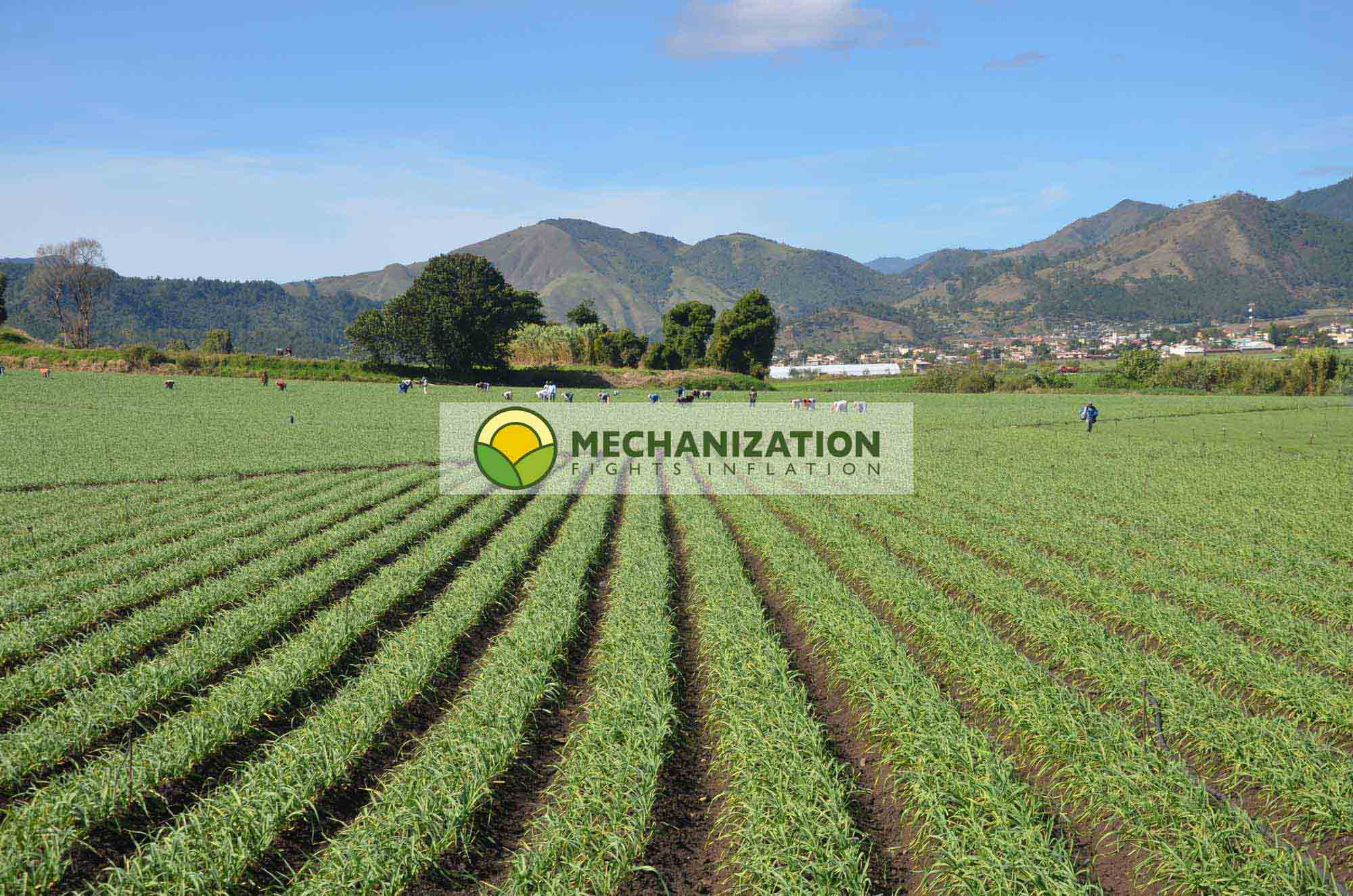Pyrenochaeta Terrestis
LinkExchange SearchMe WhatWeDo AboutUs Sitemap Next page Urocystis Cepulae

Pyrenochaeta Terrestis and everything you need to know to detect, avoid and cure this plague.
Pyrenochaeta terrestis
1. Common name and scientific name
| Scientific name: | Pyrenochaeta terrestris (Hansen), |
|---|---|
| Synonyms: | Phoma terrestris |
| Common names: | Pink root |
2. Geographical distribution
The plant pathogenic fungus P. terrestris has a worldwide distribution. The soil born pathogen is adapted to sub-temperate, temperate and tropical climates due to its ability to survive well in many soil types and a wide range of temperature and pH. Although, the pathogen needs a relative high soil temperature for growing and effective development of hyphae.
3. Biological characteristics
It is presumed that the pathogen overwinters as microscleriotia in the soil for many years in the absence of a host. These structures also serve as the primary inoculum, importance of the pycnidial stage has not been investigated thoroughly and no sexual stage has been found. Hyphal infection occurs most vigorously at 24-28oC. Therefore with a moderate climate, where soil temperatures are relative low. Root epidermal and cortical tissues are invaded and hyphal penetration occurs through a release of enzymes to break down host tissue. The fungus produce minute, black, almost globe fruiting bodies (pycnidia) in the epidermal and cortical cells. The disease can be enhanced by other fungal pathogens which attack the plant first and weaken the root system making it easier for P. terrestris to invade the roots more effectively.
4. Parts to be damaged
The most obvious symptom is the light pink to yellowish-brown discoloration on roots that becomes dark pink then red and eventually purple in advanced stages of the disease. Diseased roots eventually shrivel, become brittle and die. Although plants will attempt to compensate for the loss of roots by producing new roots, unfortunately these new roots will also become infected and die. The pathogen does not infect the basal plate of onion bulbs. However, basal plate rot caused by Fusarium oxysporum spp. often occurs on plants with pink root when both pathogens are present in the soil.
Severely infected plants appear stunted, exhibit tip die back and produce undersized bulbs. The weakened leaves often become infected with other weak opportunistic pathogens such as Alternaria porri, the causal agent of purple blotch. Significant yield losses occur when hot dry weather occurs simultaneously with the infection of roots, particularly when the infection occurs early in the growing season and the compromised root system cannot keep up with the plants' demand for water.
5. Damage period
The soil born pathogenic fungus infect onion at a soil temperature of 24-28oC.
6. Economic impact
Sometimes, the fungus is confused with Fusarium oxysporum spp. or Sclerotium cepivorum, but these fungi never forms pink colored roots. Moreover, S. cepivorum produce dark brown to black sclerotia (2-5mm) and F. oxysporum spp. led to basal plate rot and white hyphae. P. terrestris infect only the root system and not the basal plate. After infections of P. terrestris, the change on secondary infections by different (soil born) pathogens is higher.
7. Investigation and monitoring system
P. terrestris can be monitored in the field. Special attention is necessary under favorite weather conditions, when soil temperature reach 26oC. Roots of affected plants usually turn pink. The diseased roots soon shrivel, then darken in color to red, purple and finally brown or black, and die. New roots may be produced one or more times, and commonly they also become diseased and die. When the fungus infected the onion plant and weather conditions are favor, this process continues until harvest.
If infection is severe, the leaves of diseased plants turn white, yellow or brown and die back from the tip as if damaged by drought. Various leaf-blighting fungi may attack the withered leaves. Affected plants are usually not killed, but often remain stunted and produce soft, undersized bulbs, because of the restricted root system. The dead outer scale tissue of the leaves and the bulb may also be attacked by the pink-root fungus. Living scales or bulb bases are not affected.
8. Control methods
There are no effective chemical treatments to control or prevent P. terrestris infection. crop rotation (at least 1:5), monitoring and removal of infected plants are control methods. There are also resistant onion cultivars on the market.
Next up: Urocystis Cepulae
Pictures of this plague:

Pyrenochaeta Terrestis
or Pink root.
To mechanise your post harvest processes:
contact us:
Telephone:
+1 239 3002374
or use our (preferable)
our contact form
Address: Farm San Isidro, Volcán, Panama.

